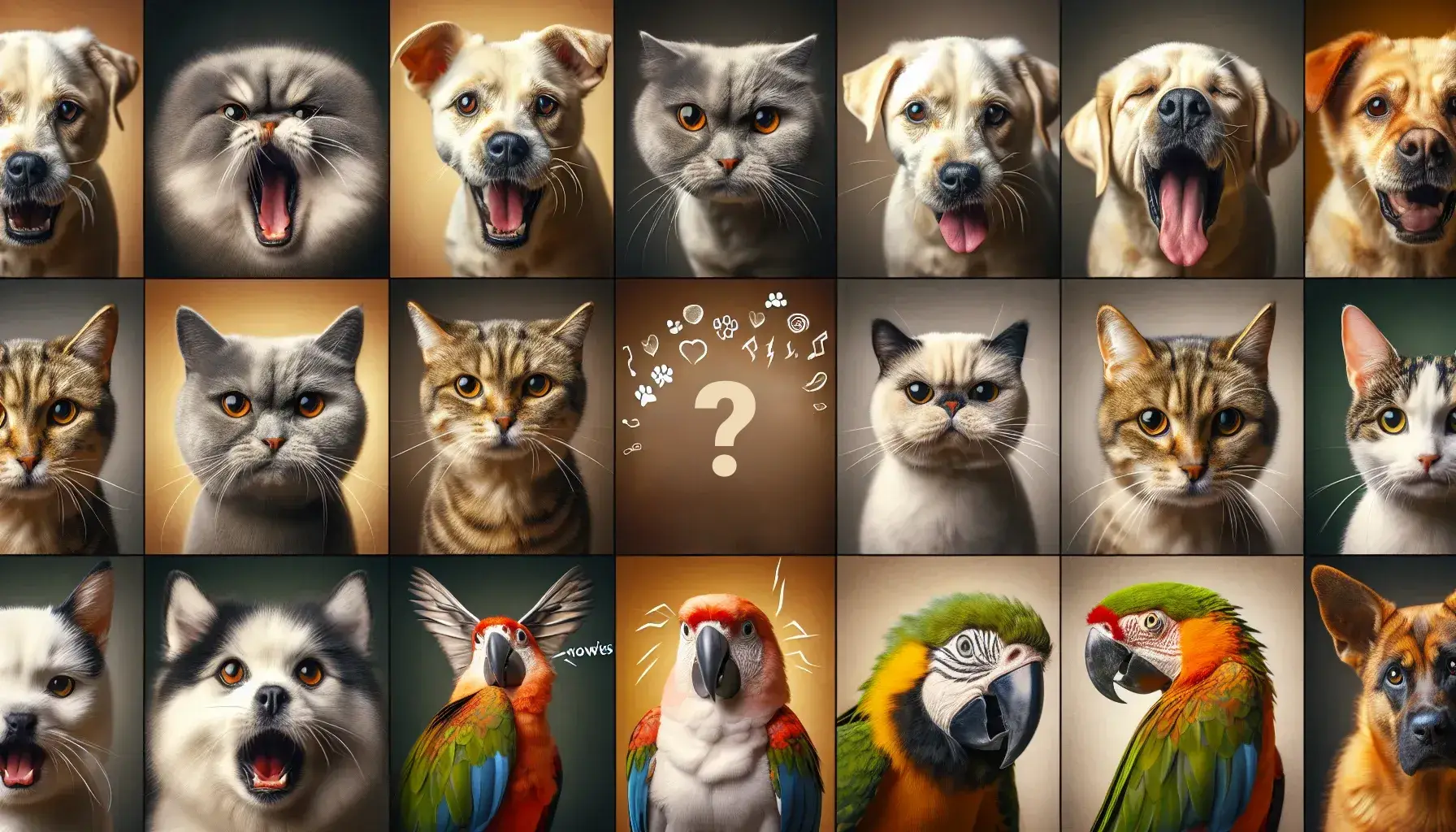The Art of Understanding: Decoding Your Pets Body Language and Signals

In the vast and vibrant world of pet care, understanding your furry companion's body language goes beyond a mere communication tool; it enriches the bond you share. Pets, unable to express themselves using words, rely on various non-verbal cues to convey their emotions, needs, and thoughts. As a responsible pet owner, decoding these signals is essential for providing the best care and ensuring a harmonious relationship. Let's delve into the subtle yet profound language of our beloved pets, exploring the meanings behind their actions and expressions.
Recognizing Common Signs of Stress and Discomfort in Pets
Pets, like humans, experience stress and discomfort due to various reasons. It's crucial for pet owners to recognize these signs early to address the underlying issues promptly. Common indicators of stress or discomfort in pets may include excessive licking or grooming, panting, shaking, hiding, reduced appetite, or aggressive behavior.
Interpreting Tail Wagging: What Different Movements Mean
Tail wagging is often seen as a universal sign of a happy dog, but it's more nuanced than it seems. The speed, direction, and height of the wag can convey different meanings. A broad wag that includes the entire hindquarters often indicates happiness or excitement, while a low or slow wag might signal uncertainty or wariness. Learning to interpret these nuances can provide valuable insights into your pet's emotional state.
Understanding Vocalizations: Deciphering Meows, Barks, and More
Pets communicate through various vocalizations, each carrying distinct messages. While barks are typically associated with alertness or excitement, they can also signify fear or aggression. Similarly, cats use meows not only to seek attention but also to express frustration or discomfort. By paying attention to the tone, pitch, and frequency of these vocal cues, pet owners can gain a deeper understanding of their furry companion's needs and feelings.
Reading Facial Expressions: Unveiling Your Pet's Emotions
Just like humans, animals convey a wide range of emotions through their facial expressions. Dilated pupils can indicate fear or arousal, while narrowed eyes might suggest aggression or unease. Furthermore, relaxed facial muscles accompanied by an open-mouthed "smile" often signify contentment in dogs. Understanding these subtle facial cues enables pet owners to respond appropriately and nurture a positive emotional environment for their pets.
Related Article: Woofs of Wisdom: Harnessing Academic and Industry Synergies for Holistic Pet Training Methods
Identifying Subtle Cues for Better Communication and Bonding
In addition to overt gestures, pets communicate through subtle cues that reflect their comfort level and trust in their human companions. These include leaning against their owner for reassurance, softly blinking at them as a sign of affection, or gently nudging for attention. Recognizing and responding to these understated signals fosters a deeper connection between pets and their owners, strengthening the bond based on mutual understanding and empathy.
As we continue to unravel the intricate language of our furry friends, let's remember that every pet is unique, and their body language may vary based on breed, personality, and past experiences. By honing our ability to interpret their communication cues with patience and sensitivity, we embark on a journey towards better comprehension, enhanced care, and unbreakable bonds with our cherished companions.






